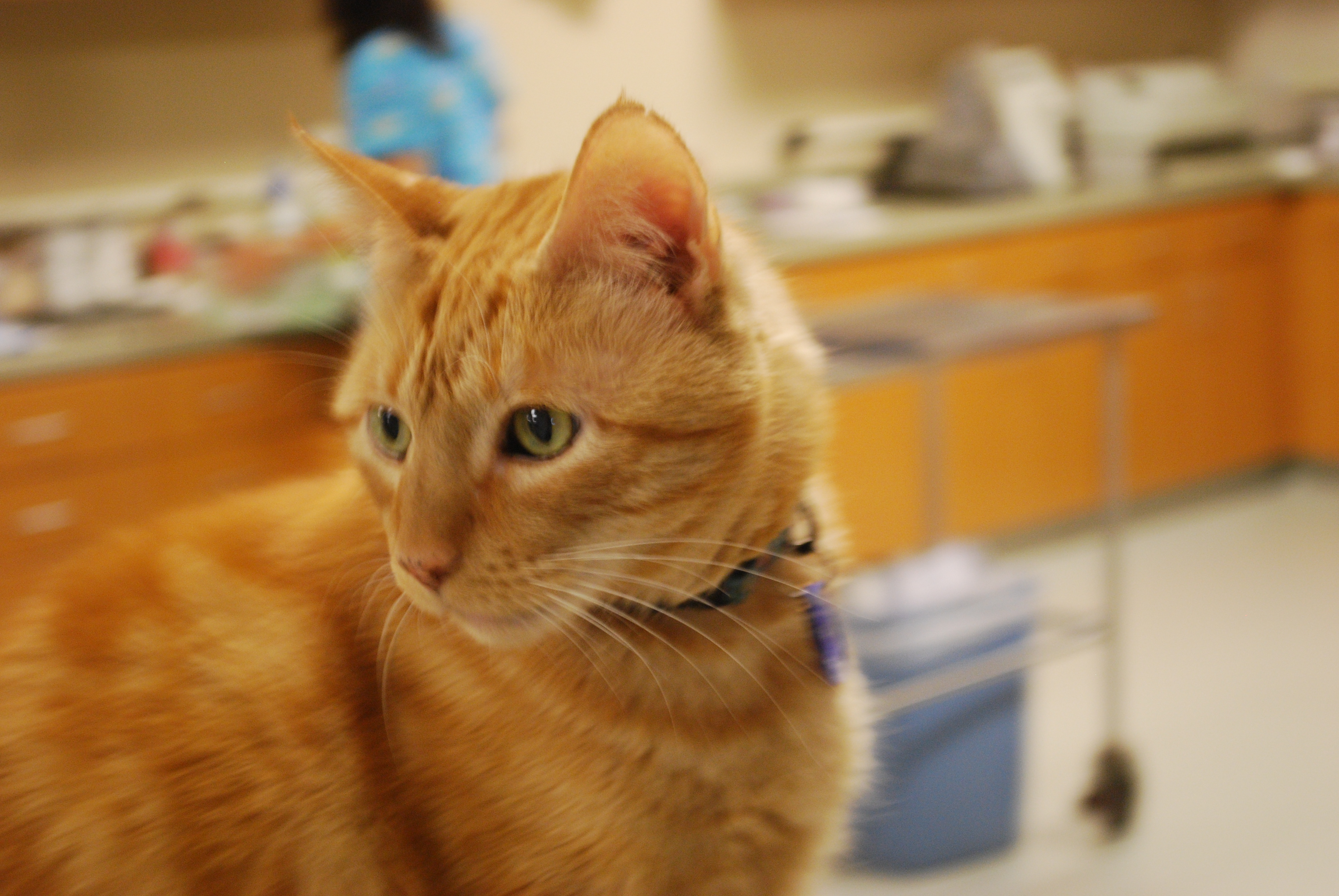
Battle of the Bulge: Obesity In Our Pets
October 27, 2017
The Diabetic Pet
November 17, 2017Our pets are living longer lives than ever before thanks, in part, to advances in veterinary medicine. November is Pet Cancer Awareness month. No one likes to talk about the “C” word, but because our pets are living longer it is a topic of conversation more pet parents are having with their veterinarians. 1 out of 4 dogs will develop cancer in their lives. And 50% of dogs over the age of 10 years old will also develop cancer. (There are fewer studies done on cats however, cats are also susceptible to cancer.) This post will discuss cancer and how to be vigilant against this horrible disease.
Neoplasia, tumor, cancer . . . you may have heard these terms before. Each of these has a different definition and it’s important to understand each of them to avoid any confusion.
- Neoplasia is the uncontrolled growth of cells or tissue in the body.
- Tumor (sometimes called a “mass”) is what is used to describe the swelling, collection, or physical appearance of the neoplasia. Tumors can be either malignant or benign.
- Benign tumors are safe and not life threatening.
- Malignant tumors can be invasive, may spread, and are life threatening.
- Cancer is sometimes confused with the term “neoplasia”. However, only malignant neoplasias are truly cancer.
How do you go about keeping a vigilant eye on developing neoplasias for your pet? Sometimes you can feel the tumor or see a mass on your pet. Tumors can be small (the size of a pea) or large (the size of a golf ball or bigger). Tumors can develop anywhere on your pet’s body. From the tip of their nose to the ends of their tails – anywhere is possible. We also shouldn’t forget that tumors can grow inside the body. These tumors cannot necessarily be seen or felt but your pet may give you clues or symptoms that there is something serious going on.
If you’re ever concerned that something isn’t right it is a great idea to discuss your concerns with a veterinarian. Some symptoms could indicate another issue or disease in your pet. So see your veterinarian before jumping to any conclusions.
Symptoms to look out for include:
- Blood coming from the nose or mouth
- Abdominal swelling
- Decreased appetite
- Weight loss
- Difficulty eating
- Difficulty breathing
- Lameness or limping
- Diarrhea
- Vomiting
- Seizures
The tumors that grow inside the body usually require some type of imaging to find. This can include x-rays, CT scan, MRI, or an ultrasound. Unfortunately, there is no blood test to screen for most cancers in pets. In some cases it will require multiple types of imaging to determine where the tumor is and how big it is.
What do you do if you find a tumor on your pet or notice odd symptoms? The next step is to call your veterinarian and schedule an appointment. The appointment should focus on the mass and what can be done to determine if the tumor is malignant or benign and to discuss the symptoms you are seeing at home. There are several ways to determine whether or not a mass is malignant or benign and your veterinarian will discuss the pros and cons of each procedure. A first step to determine whether or not a mass is malignant may require the doctor to collect cells from the mass and submitting them to a laboratory to have a pathologist evaluate the sample. The results for this type of testing generally takes 3-5 business days, but some samples require special testing which may require 1 to 2 weeks for results.
If your pet has a benign tumor, you may elect to have it surgically removed. Even though it is a benign tumor, reasons for removal can vary from helping to keep a pet comfortable to stopping the mass from growing larger. However, malignant tumors may require additional treatment. There are board certified veterinary oncologists who specialize in the treatment of cancer. They can work with you to develop a treatment plan to slow or stop the growth or spread of the cancer. Treatments for cancer in pets are becoming more reflective of the options available to people. Chemotherapy, radiation, immunotherapy, and surgery are now all options available to our pets.

